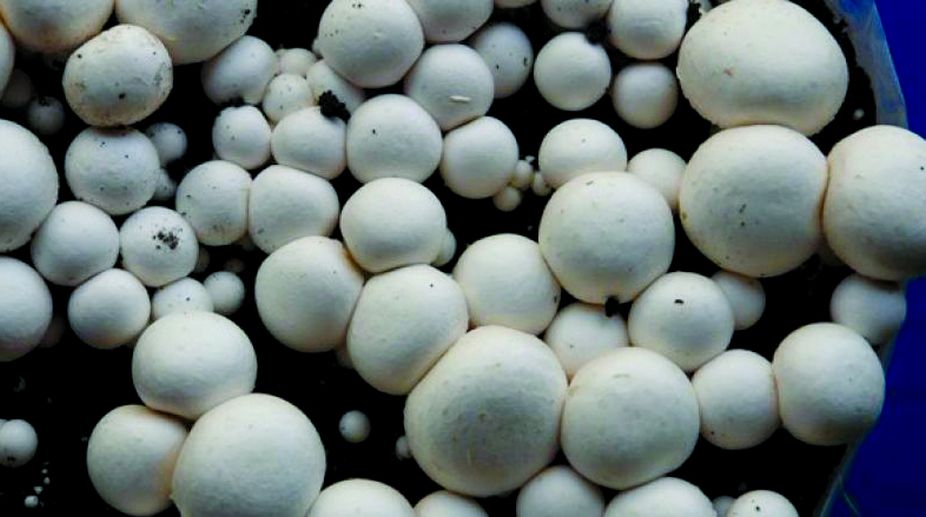Himachal minister approaches speaker invoking anti-defection law against 3 MLAs
The three MLAs' petition is pending in the high court against the Speaker for not approving their resignation from the State Legislative Assembly.

Once considered to be a booming region for production of mushroom in the country, Himachal Pradesh has now lost the tag of ‘Mushroom Hub’ to its neighbouring states of Haryana and Punjab.
Mushroom cultivation at the start of 21th century was so popular that Solan district of Himachal was given the title of ‘Mushroom City of India’ because of its industrialized mushroom cultivation.After Solan, Mandi district has also gained distinction for commercial production of prized edible and medicinal mushroom, ‘Shiitake’.
However, with changing times, many farmers have left the cultivation of mushroom crop as they were facing many problems including high input cost and low remunerative prices.
Advertisement
Experts feel that the rise in the cost of raw material and lack of marketing facilities along with limited area for cultivation is distracting farmers from mushroom’s production.
In addition, the cost of labour, electricity and raw material used for laying the beds on which mushrooms grow were all rising, resulting in farmers shifting to other commercial vegetable crops.
At one point of time (in 2013), the mushroom growers of the state were even planning to export the high quality organic crop. At that the farmers were selling the produce in markets as far as Mumbai, Bengaluru, Chennai and Kolkata.
The cost of raw material as ‘turi’ (crop residue) and poultry compost has increased over the years, owing to disenchantment among farmers,” Dr V P Sharma, Director, Directorate of Mushroom Research told The Statesman.
The lack of markets for the highly perishable commodity is also resulting in farmers shifting to other commercial crops.
“The mushroom growers of Punjab and Haryana are gaining over Himachal as the raw material is easily available there. Further, they have access to bigger markets, resulting in produce getting sold on time and fetching good prices,” Sharma said.
Besides this, the farmers in Himachal have limited land to grow the crop and if the crop is grown over same land over the period of 3-4 years, it develops various diseases including site contamination.
“The farmers in neighbouring states had bigger land holdings and they alternatively sow crop on different farms,” he said.
“The growth of floriculture in Solan and other parts of Himachal Pradesh has also resulted in farmers switching from mushroom cultivation as lack of marketing facilities is causing heavy losses to them,” Naresh Thakur, a farmer based in Kandaghat in Solan district said.
The mushroom growers are also disappointed with low remunerative prices which do not commensurate with high inputs costs, he said.
In Himachal, it has been witnessed that a farmers are taking up mushroom production but after a gap of 3-4 years leaves the cultivation for other commercial vegetables crops, owing to various reasons including site contamination.
Though, the mushroom production in the state has seen marginal increase to 8000 tonnes in 2016-17 as compared to 5000 tonnes in 2006-07, there has been considerable decline in sowing area over the years.
Advertisement